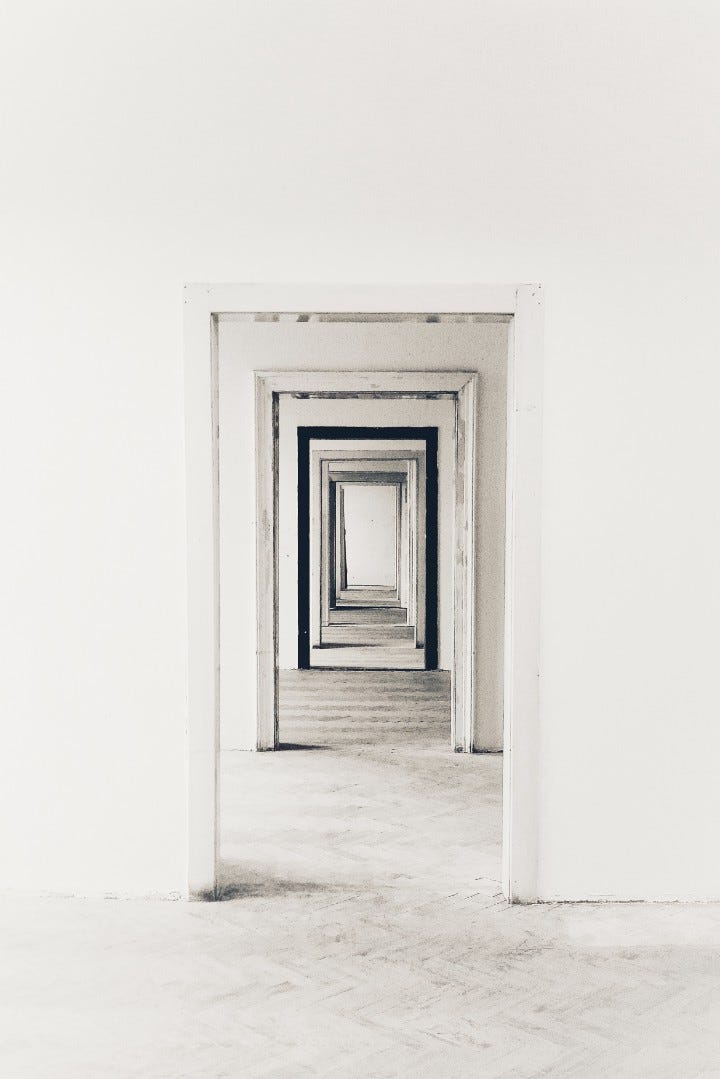
[Lightly revised text from Chapter 2 of my book The Tarot: Methods, Mastery, and More.]
Divination is probably as old as humankind, but it has been little recorded and even less studied. We can only speculate about how it was practiced by our ancestors, or how well it worked. But we can, perhaps, better understand the …


